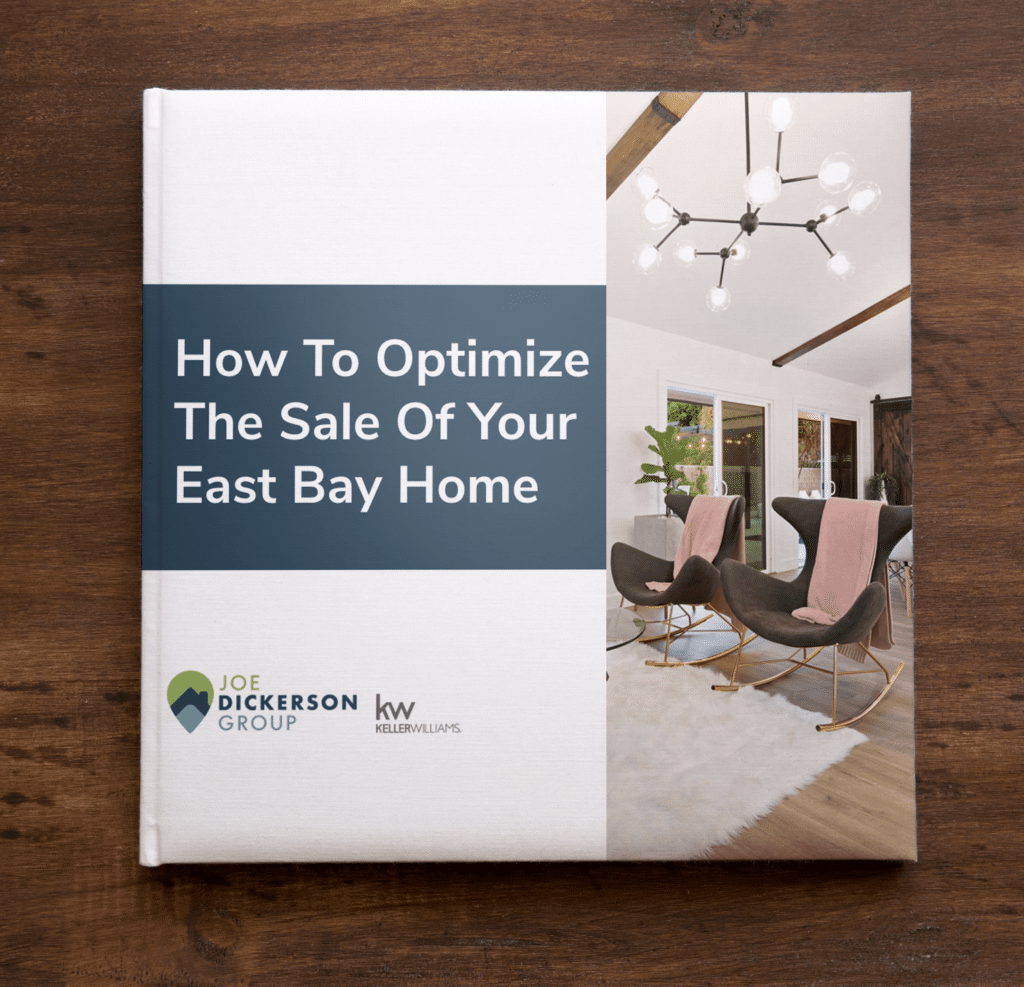In this blog, we’re talking about affordability, and outlining how to figure out how much house you can buy. Let me start by saying if you’re looking for a loan for the purchase of a property, a lender is going to be the one to determine exactly what you’ll qualify for. I’ve had many clients want to start the home shopping process before going through the loan application process, and that’s where the concepts discussed in this blog will help. Figuring out how much house you can buy has a lot of variables, but ultimately it comes down to two things: one – your income after subtracting out your debt obligations, and two – your down payment amount. Let’s dig deeper into both of these.
For your income, lenders will be looking not only at how much you make, but also how much you owe. And they’ll do this through what’s called the debt to income ratio, or DTI. While lenders end up looking at this ratio in a couple of different ways, we’ll simplify things. The debt to income ratio is essentially your monthly debt obligations: that is your student loan payments, car payments, credit card payments, etc., as well as your potential mortgage payment as a percentage of your income.
For example, let’s say your income is 10,000 dollars per month. On the debt side, you have a 500 dollar car payment, 500 dollar student loan payment, and are considering taking on a 3000 dollar mortgage payment. That’s a total of 4000 dollars in monthly debt obligations. With a monthly income of 10,000 dollars, that would make your debt to income ratio 4,000 out of 10,000 dollars, or 40 percent. The maximum allowable ratio can vary by lender and loan program, but for estimating affordability in high-priced areas like the Bay Area, use 40 percent as the max. And be pleasantly surprised when the lender can push it a little bit higher.
If you’re looking for the maximum mortgage payment that you can take on, we can run the math a different way. You can take your monthly gross income– before taxes are taken out–, multiply that by 40 percent, and then subtract all your current monthly debt obligations. That should leave your maximum monthly payment towards a mortgage. Whatever number is left will need to be enough to pay not only your mortgage payment, but also property taxes and insurance, which can be sizeable amounts.
Property taxes in the east bay can exceed 1.5 percent of the purchase price on an annual basis, which means on a 500,000 dollar home, property taxes can be upwards of 7500 dollars a year, or 625 dollars per month. Insurance can run a few hundred dollars a month as well, and can also fluctuate pretty dramatically depending on variables like whether the home is in a fire prone area. You can use any mortgage calculator to plug in numbers and determine what your estimated maximum loan amount will be. Even google has a nice simple mortgage calculator that you can find by googling ‘mortgage calculator’.
There are numerous other variables that go into a lender’s decision on how much of a loan you may be approved for. Some of the other variables include your credit score and what types of income you have. For example, self-employment income is treated differently from standard employer wages. And the other big piece that goes into determining how much you can afford is your downpayment amount. Except in a few fringe cases, you’ll need some amount of money for a downpayment and closing costs. The minimum downpayment amount can vary quite a bit based on loan product, and you can find more information about this in some of our other blogs.
Down payments are important to meet lender requirements, however they can also help dictate how much you can afford. For example, if you went through the exercise we discussed earlier in this blog and determined that you have a maximum housing payment of 5000 dollars per month, which equates roughly to a loan of 800,000 dollars, after taking out about 1000 dollars for taxes and insurance. So if you can afford an 800,000 dollar loan, but have 500,000 dollars available for a down payment, you could ultimately afford a 1.3 million dollar home. Of course, you may choose not to max out your affordability.
Well, that’s it in a nutshell! To determine how much house you can afford, start by calculating your debt to income ratio and then consider how much you can put down as a down payment. Of course, take these numbers with a grain of salt. If you’re getting a loan, remember that it’s ultimately the lender that decides how much you’re able to afford. So if you need a more precise number, work with a local lender to determine what you are able to afford.
Do you need a referral to a good local lender? Or are you surprised by how much you may be able to afford after watching reading? Let us know!



